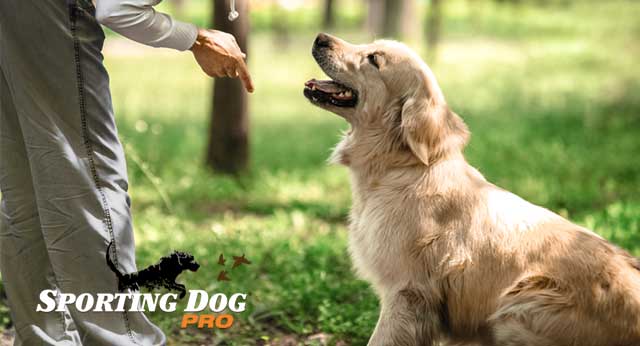You have no items in your shopping cart.
Sporting Breeds For Therapy

When it comes to therapy dogs some of the top trainers agree that the Labrador Retriever and the Golden Retriever are at the top of the list. While most any breed can be used for therapy, typically dogs in the sporting category have all of the qualities that make the perfect therapeutic companion. Often used to comfort and help in the healing process, it isn’t a new thought to use a dog for therapy. However, it is fairly recent that doctors acknowledge and actually prescribe animal therapy for medical needs. The term health care can reach across many boundaries. As we become increasingly aware of the benefit of non-medical treatment there is an increase in dogs being used and trained to help us heal. Some dog owners already unknowingly use their dogs for their therapeutic benefit. Most dog owners realize their stress is lessened when they spend time alone or in the presence of their dogs.
Proven Situations
One of the more recently recognized and prescribed dog therapy is for our military veterans, quite often used to aid veterans in dealing with post traumatic stress disorder or commonly referred to as PTSD. Many veterans dealing with PTSD claim that often just a few hours in the presence of a dog can brighten their day and help them to better cope, easing their stress levels and bringing joy and freedom in thought to the forefront of their minds.
The use of therapy dogs to treat depression and other anxiety disorders, which affects 40 million adults in the United States, has increased over the last several years and can help stabilize stress hormones and significantly reduce the chances of the mental illness leading to suicide. Many patients receiving therapy no longer feel the uncontrollable sense of loneliness that they did before the treatment.
Cancer patients can often benefit from the use of a therapy dog for the simple purpose of creating a happier environment where being silly and laughing come naturally. Even in a room full of other patients, patients can often feel that they don’t fit in or they lose their sense of belonging. A therapy dog enables a cancer patient to feel an improved self worth, even to the point of helping the patient to feel a new sense of purpose because the dog needs them to survive, especially when left with the responsibility of feeding and watering the dog.
Just like with music, the presence of a well trained dog can often bring peace and calm to your mind. Therefore dog therapy for school shootings, mass killings or for natural disasters has proven to be one of the best ways to bring a sense of calm to a whole room of children or adults that are dealing with widespread disaster.
Choosing a Dog For Therapy
When deciding whether your dog can be used for therapy there are just a few simple guidelines that can help you make a realistic decision whether to train your dog for therapy use.
- He must have a friendly disposition, especially with strangers. A good natured dog who typically doesn’t alter his attitude throughout the day nor in the presence of change.
- Your dog must possess a calm reassuring temperament. For example, a dog that is skittish around loud medical equipment might not make the best therapist.
- He must be intelligent and highly trainable. A dog that reacts well to an e-collar and can follow typical commands would be a perfect fit.
- Your dog must be submissive and must endure human contact from not only the patient but from strangers and caregivers.
Training
Because training can be different for each type of therapy it is difficult to pinpoint one specific way to train your dog. However, there are a few guidelines to follow to guarantee better results.
- Train your dog to sit, stay, and come when called. This can be done with an electronic training collar or any other method that you have used to train him in the past. But, keep in mind your dog should eventually be able to follow commands without the use of any equipment other than a collar.
- Teach him to accept strangers. Get him used to strange or random people coming up to him at all times, even during dinner times.
- Train him to be calm in a crowd. Train him in a busy park or a place with a lot of distractions. Make sure he does not react negatively or loudly to other dogs or small children.
If you choose to train your dog to become a therapy dog there are many organizations that will help you learn where you can best serve in your area. Because doctors and therapists have seen such remarkable improvements in patients using dog therapy it is quickly becoming a widespread community that works together to make our world a better place.
Resources:












